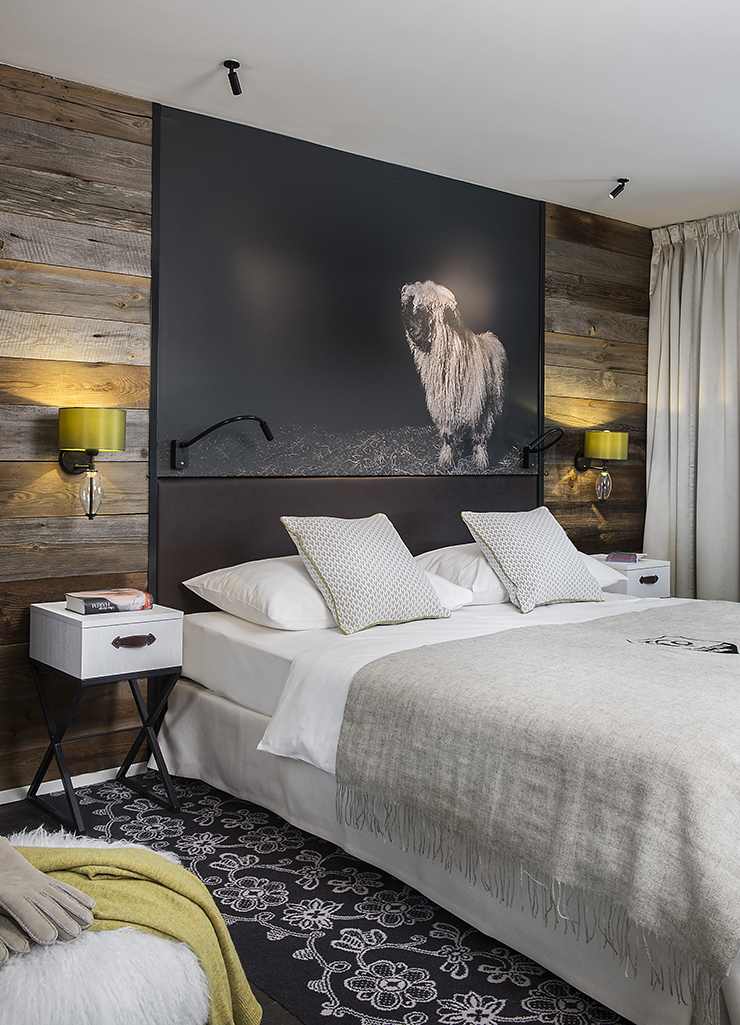 Collaboration Ina Rinderknecht
Collaboration Ina Rinderknecht
 Image courtesy of Adare Manor Hotel
Image courtesy of Adare Manor Hotel
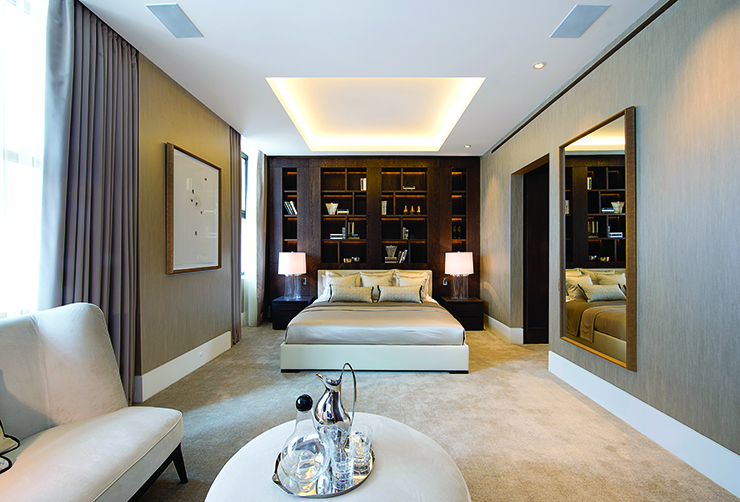
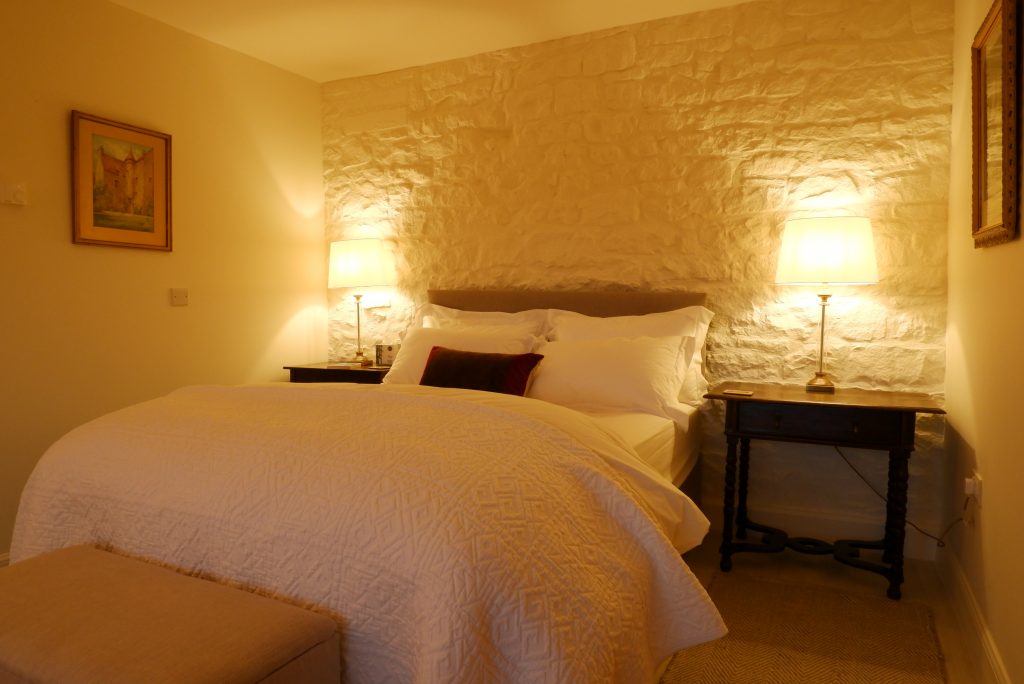

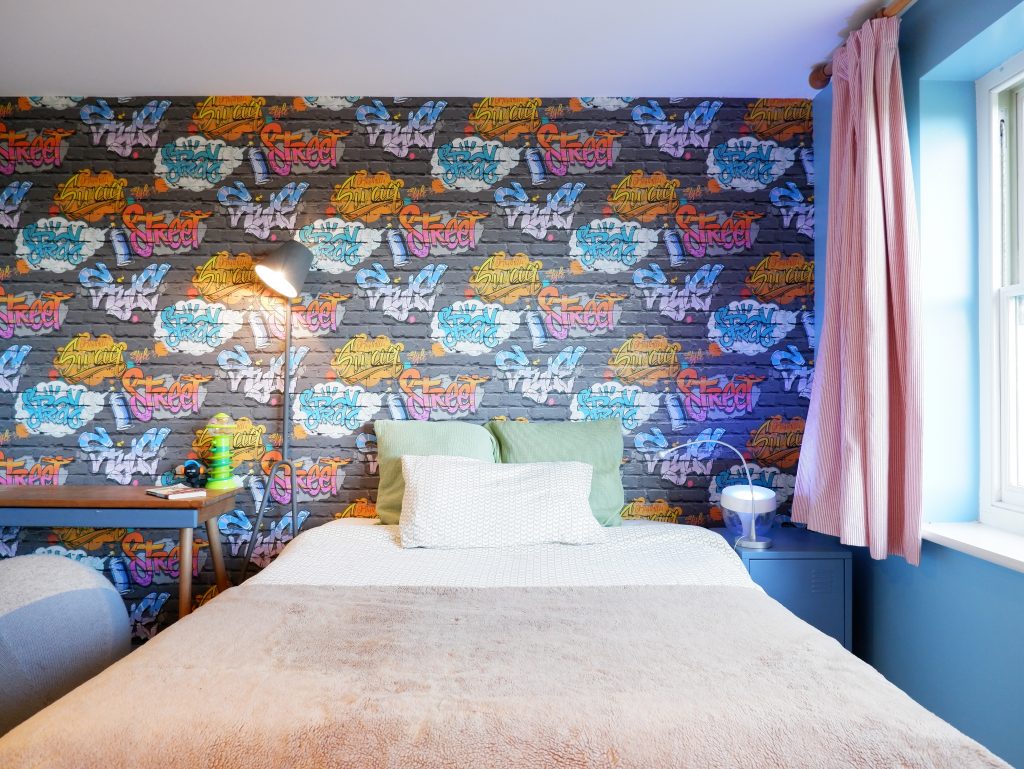
 Collaboration Ina Rinderknecht
Collaboration Ina Rinderknecht
 Image courtesy of Adare Manor Hotel
Image courtesy of Adare Manor Hotel




Never has there been a more important time to ensure a good night’s sleep. Bedrooms provide a sanctuary and escape from our busy lives and lighting can play a huge part in creating a restful environment. Explore what feels right for your space whether it’s beside lamps or bedroom ceiling lights or LED lighting. Work with Kate & Sam to design a bespoke bedroom lighting scheme to suit your needs.
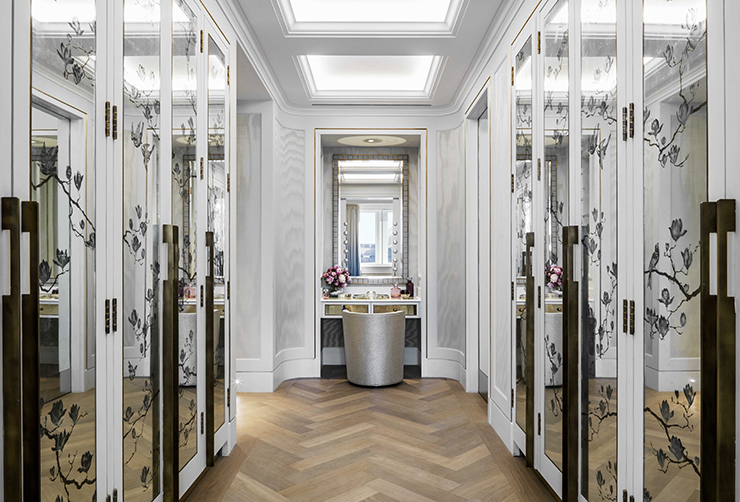 Collaboration Richmond International
Collaboration Richmond International

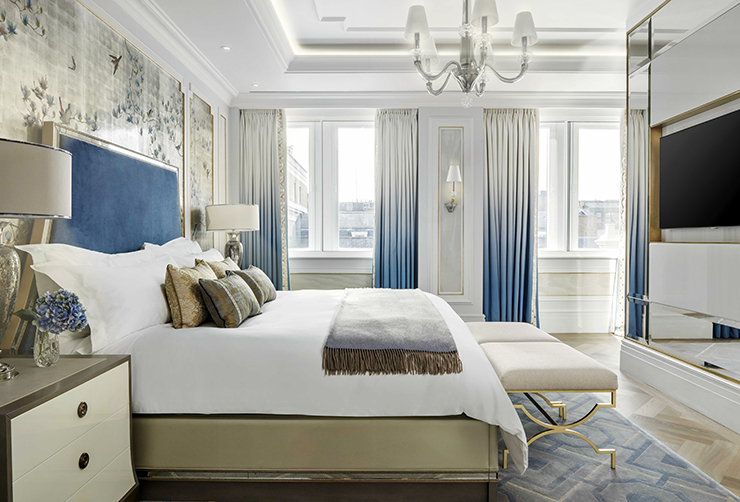 Collaboration Richmond International
Collaboration Richmond International
Sam Neuman
Having made a career in architectural lighting design, Sam has worked alongside a number of leading practices from Imagination to NDYLight, WSP and more. Sam is an active member of the lighting community and regularly presents lectures and publishes articles around his areas of expertise.
Sam has worked with several leading practices and has dedicated his career to architectural lighting design. He is active within the lighting design community by presenting lectures and publishing articles.
Kate Wilkins
Kate has worked on a number of lighting projects for a wide variety of live performance, architectural and artistic lighting designs since 1991. Fascinated by the way lighting can change our moods, Kate also loves to explore human behaviour with experimental lighting projects.
Kate is particularly fascinated by the mood altering effects of light and the deep connection to our senses. She is currently researching sleep patterns and optimising bedroom environments for both adults and children.
How do I make mood lighting in my bedroom?
Avoid harsh or bright lights directly over the bed, make sure the lights are installed in 2 or 3 different control groups. Bedside lamps, reading lamps, floor lamps and wall lights. What do you want to look at in bed? Put lighting controls by the door and also by the side of the bed. Now dim the lighting to your own personal settings and comfort and ‘hey presto’ you now have mood lighting.
Should I use downlights in the bedroom?
Downlights are one of a lighting designers favourite instruments, they are great for controlled directed light, for highlights and creating points of interest. The main consideration is to they don’t become a point of glare or are uncomfortably bright when laying in bed or looking in the dressing mirror.
Can the right lighting help me with my sleep?
Darkness is best for a good night’s sleep. However before sleep, your body and brain need to adjust and get into the zone. Lighting research has found that different wavelengths of light trigger the release of either the wakeup or sleep hormones in the brain. Serotonin controls wakefulness and melatonin sets the sleep/wake cycle and. Cooler bluer activates the release of serotonin so is best for waking and alertness, when the level of blue light drops serotonin levels increase preparing the body for another sleep cycle therefore warmer redder light is better for unwinding and relaxing before sleep. When you consider how humans have evolved under the sky, it is no great surprise that our brains wok in such a way.
Find out more information on the perfect home lighting ideas for you. Book an online consultancy and discover how we can help make your house a home.